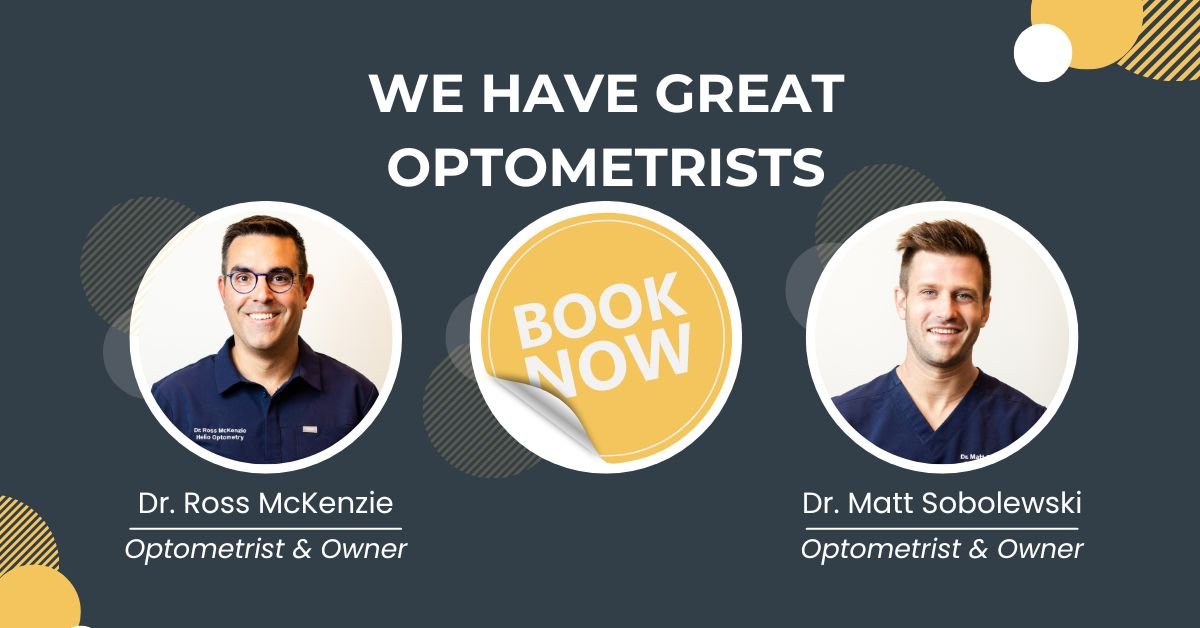Subconjunctival Hemorrhages: Causes, Symptoms, and Treatment
Subconjunctival hemorrhages may look alarming, but they are usually a harmless and self-limiting eye condition that many people experience at some point. These bright red patches on the whites of the eyes can be concerning, but understanding their causes, symptoms, and appropriate treatment can help alleviate any worries and ensure peace of mind. This blog post will explore subconjunctival hemorrhages in detail, providing valuable information to help you better understand this common eye condition.
What is a Subconjunctival Hemorrhage?
A subconjunctival hemorrhage, also known as hyposphagma (bleeding in the eye), occurs when blood vessels located beneath the transparent conjunctiva (the clear tissue covering the white part of the eye) break or rupture, leading to the leakage of blood into the surrounding tissue. This leakage creates a bright red patch on the sclera, giving the appearance of a red spot or blotch on the eye.
What Causes of Subconjunctival Hemorrhages?
Subconjunctival hemorrhages can occur due to various factors, including:
Eye Trauma: Forceful rubbing, injury, or trauma to the eye can cause blood vessels to rupture.
Straining: Coughing, sneezing, vomiting, or lifting heavy objects can create sudden pressure changes in the blood vessels, leading to their rupture.
Eye Irritation: Exposure to irritants such as dust, chemicals, or contact lenses that are worn for extended periods can cause subconjunctival hemorrhages.
High Blood Pressure: Uncontrolled hypertension can weaken blood vessels, making them more prone to rupturing.
Blood Disorders: Certain medical conditions or blood disorders that affect clotting factors can increase the risk of subconjunctival hemorrhages.
Medications: Blood-thinning medications or anticoagulants may make blood vessels more susceptible to rupturing.
Alcohol Consumption: Alcohol consumption is not a direct cause of subconjunctival hemorrhages. However, excessive alcohol consumption can increase the risk of accidents or injuries, including eye trauma, which can cause subconjunctival hemorrhages. Additionally, alcohol can have a blood-thinning effect, lead to dehydration, and raise your blood pressure, making blood vessels more susceptible to rupturing. If you have concerns about alcohol consumption and its potential effects on your eye health, it is advisable to consult with a healthcare professional.
What are The Symptoms of Subconjunctival Hemorrhages?
The most noticeable symptom of a subconjunctival hemorrhage is the appearance of a bright red patch on the white part of the eye. This patch is typically painless and does not affect vision. In some cases, individuals may experience mild irritation or a foreign body sensation due to the presence of blood under the conjunctiva. Other than these symptoms, no associated visual disturbances or discomfort usually exist.
Treatment and Management of Subconjunctival Hemorrhages.
Fortunately, subconjunctival hemorrhages often resolve on their own without specific treatment. However, there are a few measures you can take to promote healing and prevent complications:
Time and Patience: Most subconjunctival hemorrhages will fade and disappear within two to three weeks as the body naturally absorbs the blood.
Lubricating Eye Drops: Over-the-counter lubricating eye drops can help relieve any mild eye irritation or dryness associated with the hemorrhage. Talk to your optometrist about the best kind of moisture drops.
Avoid Eye Strain: To prevent further strain on the blood vessels, avoid activities that may cause eye strain or excessive eye rubbing.
Monitor Blood Pressure: If you have hypertension (high blood pressure), it is important to monitor your blood pressure and follow your healthcare provider's recommendations to prevent future hemorrhages. You should also check your blood pressure to ensure it's not elevated.
Consult an Eye Care Professional: While subconjunctival hemorrhages are typically harmless, it's always a good idea to consult an optometrist if you have any concerns or if the hemorrhage is recurrent or accompanied by other symptoms. Your optometrist will thoroughly examine your eyes to ensure no further problems, including bleeding inside your eye. They can also check your blood pressure to ensure it's within your normal range.
When Should You See An Optometrist?
In most cases, subconjunctival hemorrhages do not require urgent medical attention. However, there are instances when you should seek immediate medical care:
If you experience eye pain or sudden changes in your vision.
If the hemorrhage is accompanied by significant eye trauma or injury.
If your eye hurts to move, or if you experience double vision.
If it seems to be getting worse, or it is getting worse.
If you have multiple episodes within a short period.
If you just want us to take a look.
Emergency Red Eye Care in Edmonton
Alberta Health Care covers the cost of seeing an optometrist for medically necessary visits such as Subconjunctival Hemorrhages. So if you have any questions or concerns, please don't hesitate to contact our office at 780-628-6855 or book your emergency eye care appointment online, and we'd be happy to see you right away. We take emergency eye care seriously and will try to accommodate you on the same day whenever possible.




